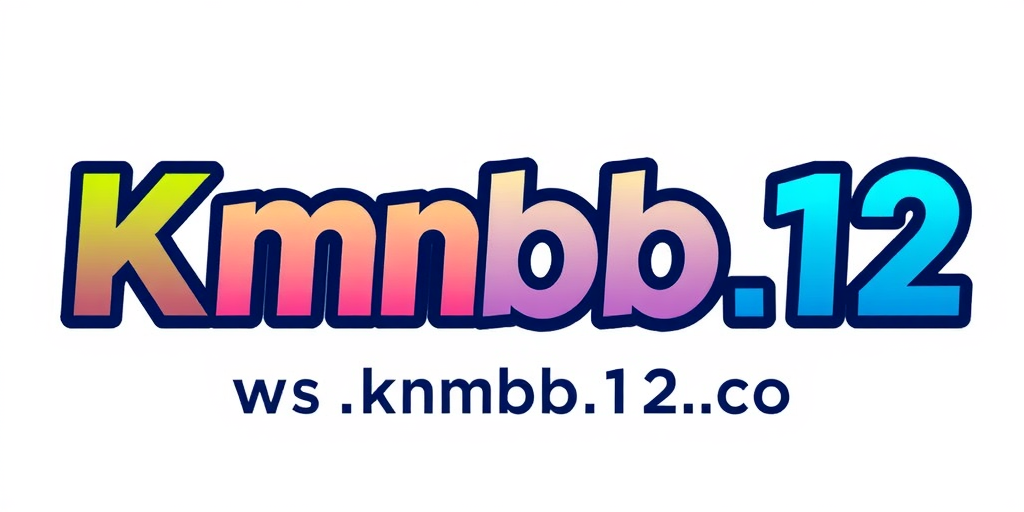
News
After Exiting the United States, Britain Seemed a Refuge against Trump’s Make America Great Again Campaign. Now, I Question: For How Much Longer?
Discover amazing stories and insights from our featured article.

Discover amazing stories and insights from our featured article.



 Samuel …
Samuel …

 Samuel …
Samuel …

 By Samuel Huang
•
18 Sep 2025
By Samuel Huang
•
18 Sep 2025

 By Samuel Huang
•
18 Sep 2025
By Samuel Huang
•
18 Sep 2025

 By Samuel Huang
•
18 Sep 2025
By Samuel Huang
•
18 Sep 2025


 By Samuel Huang
•
18 Sep 2025
By Samuel Huang
•
18 Sep 2025

 By Samuel Huang
•
18 Sep 2025
By Samuel Huang
•
18 Sep 2025

 By Samuel Huang
•
18 Sep 2025
By Samuel Huang
•
18 Sep 2025



 By Samuel Huang
•
18 Sep 2025
By Samuel Huang
•
18 Sep 2025

 By Samuel Huang
•
18 Sep 2025
By Samuel Huang
•
18 Sep 2025

 By Samuel Huang
•
18 Sep 2025
By Samuel Huang
•
18 Sep 2025
 News
News
 News
News
 News
News
 News
News
 Samuel Huang
Samuel Huang

 Samuel Huang
Samuel Huang


 Samuel Huang
Samuel Huang


 Samuel Huang
Samuel Huang

